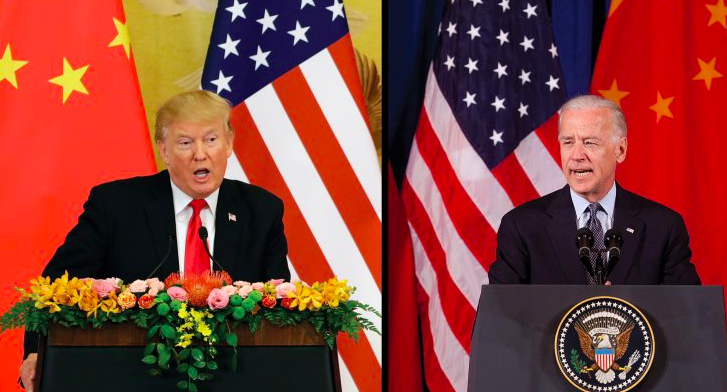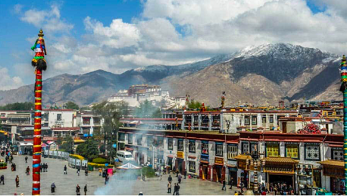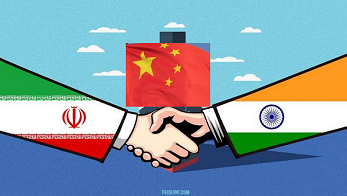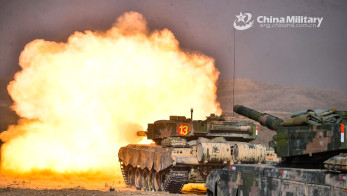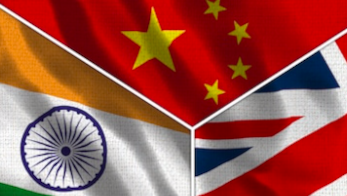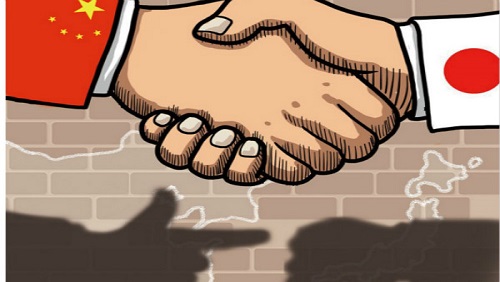The Biden Administration is in process of working out its strategy on China, which it recognizes as a global rival seeking to displace the US in the international system. It is also under pressure from Republicans and Trump era policies to take hawkish positions, and continue or enhance trade and technology restrictions, and reduce Chinese access to US systems, including universities. Biden team, however, does not want to forgo the potential advantages from cooperation in select areas.

